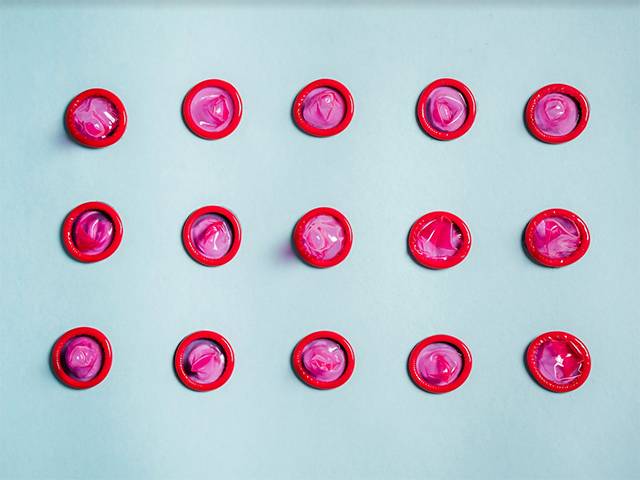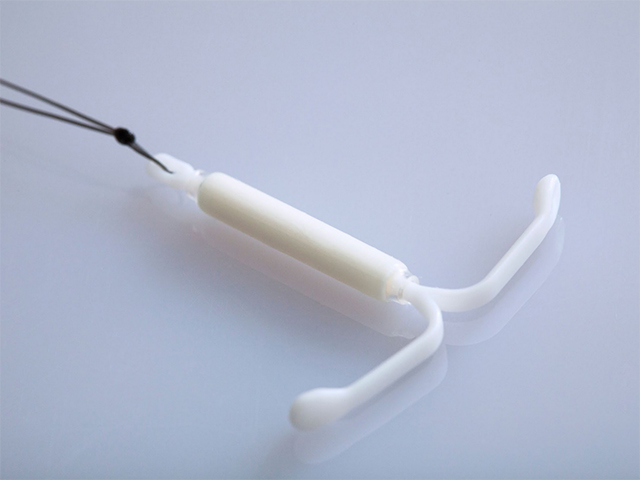What Is An IUS, And How Does It Work?

A long-acting reversible method of contraception is an intrauterine system (IUS), commonly referred to as a hormonal coil or a levonorgestrel-releasing intrauterine device (LNG-IUD). To avoid getting pregnant, it is placed into the uterus.
The IUS contains a small amount of progesterone, which is released slowly over time. This reduces the risk of pregnancy by thickening the cervical mucus, preventing sperm from entering the uterus, and thinning the lining of the uterus. The IUS can be left in place for up to five years. After this time, it needs to be removed and replaced with another device if you still want contraception protection.
An IUS may be recommended if you:
- are not planning to have children shortly
- need reliable contraception that lasts for several years
- have heavy periods or menstrual pain
- have had an episode of pelvic inflammatory disease (PID)
How does an IUS work?
An IUS is a form of contraception that is inserted into the uterus. It works by thickening the cervical mucus, preventing sperm from entering the uterus, and thinning the lining of the uterus. The IUS can be left in place for up to five years. After this time, it needs to be removed and replaced with another device if you still want contraception protection.
The main advantages of an IUS are that it is long-lasting and very reliable; less than 1% of women using one will get pregnant each year. An IUS may also be recommended if you have heavy periods or menstrual pain, as it can often help to improve these symptoms.
Additionally, an episode of pelvic inflammatory disease (PID) is considered a relative contraindication for use – meaning that an IUD should not be used in someone who has had PID in the past – as there is a risk that inserting either type could cause infection recurrence.
Who Can Use an Intrauterine Device?
Most healthy women between 18 and 45 can use an intrauterine device (IUD), although your healthcare provider may have specific guidelines depending on your age and medical history. Some conditions might make you unsuitable for IUD contraception:
- If you have ever had the pelvic inflammatory disease (PID), this would be considered a relative contraindication for the use
- They are currently breast cancer patients.
- Currently have genital herpes lesions.
- Have cervical cancer, which is considered an active lesion.
If you are over 45, your healthcare provider may advise against using an IUD because there is a higher risk that you could develop complications from its placement.
What are the risks of using an IUS?
A few risks are associated with using an IUS, though they are generally minor and rare. One potential complication is that the device may become dislodged from the uterus; if this happens, it can cause pain and bleeding.
Another risk is that perforation of the uterine wall may occur - again, this is a rare occurrence but can be dangerous if not treated quickly. Lastly, there is always a small chance of contracting an infection after the insertion or removal of the IUS. Overall, however, these risks are minimal and should not outweigh the many benefits offered by this type of contraception.

MORE





